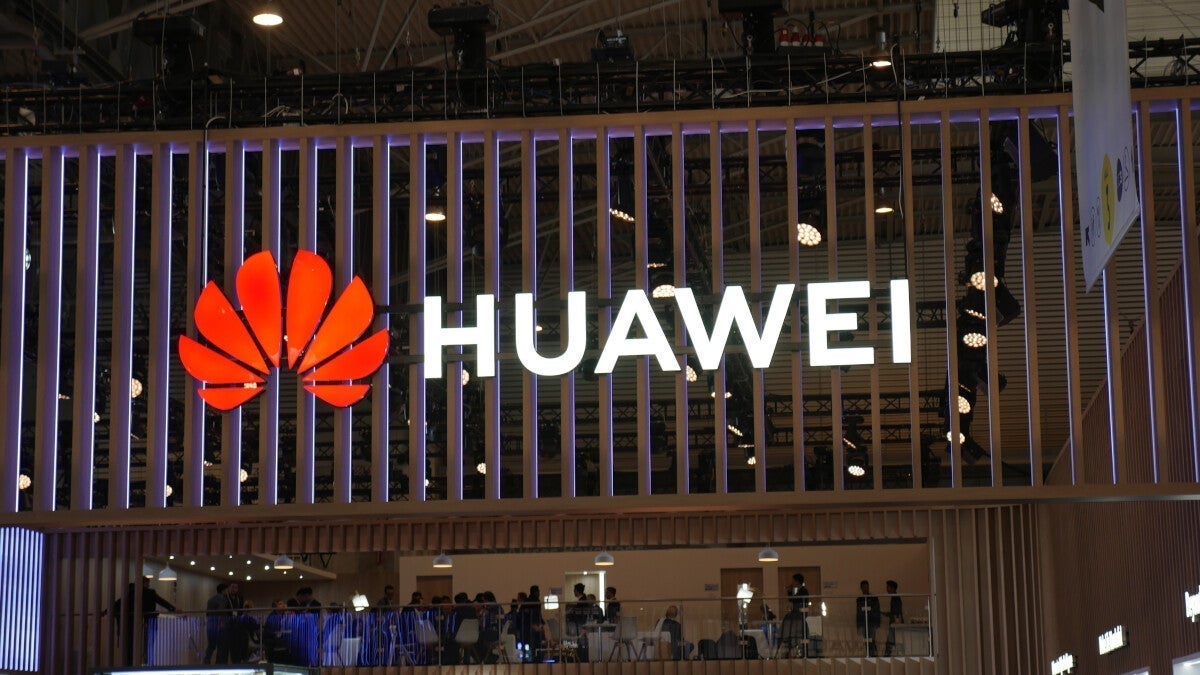This might go against your perception of the company, but one smartphone manufacturer has been absolutely awesome. This firm has battled challenges that would have been insurmountable for most companies and yet it continues to innovate. HTC? Apple? Samsung? No. The firm I’m talking about is Huawei. Whether Huawei deserved to be punished by the U.S. is another story for another day. Let’s just leave it at this: Where’s there smoke, there’s fire.
Even if there are reasons for the U.S. to consider Huawei a national security threat, it doesn’t for one-second take away from the amazing accomplishments achieved by Huawei. Just as it was about to take its place on top of the smartphone world ahead of not only Apple but Samsung too, the manufacturer was stripped from using the Google Play Services version of Android, Huawei responded by developing its own HarmonyOS operating system. But that’s just the beginning.
Unable to have its highly thought-of HiSilicon unit design chips for TSMC to produce, Huawei had to scramble to obtain chips for its flagship phones. Qualcomm gets permission fron the U.S. Commerce Department to sell Huawei Snapdragon application processors which are tweaked so as not to work with 5G signals. Last year it shocked the world by releasing the Mate 60 series powered by its own new Kirin 9000s chipset.
The Kirin 9000s was made by China’s largest foundry, SMIC, using an older 7nm process node putting it two generations behind the iPhone 15 Pro series’ 3nm A17 Pro. Despite using older Deep Ultraviolet lithography technology to build the application processor, the chipset supports 5G and for the first time since 2020, Huawei was selling a 5G phone. And this summer, Huawei’s foldable models have propelled the beleaguered company past Samsung to lead the world in global foldable sales.
The phone is expected to feature a 10-inch internal display and employ the new Silicon-Carbon battery technology that other Chinese smartphone firms are using. It delivers higher energy density even though it won’t charge as fast as traditional batteries.
The tri-foldable Huawei phone is reportedly slated to hit the market before Huawei’s next traditional flagship line, the Mate 70 series. The latter is due to be released during November-December.
